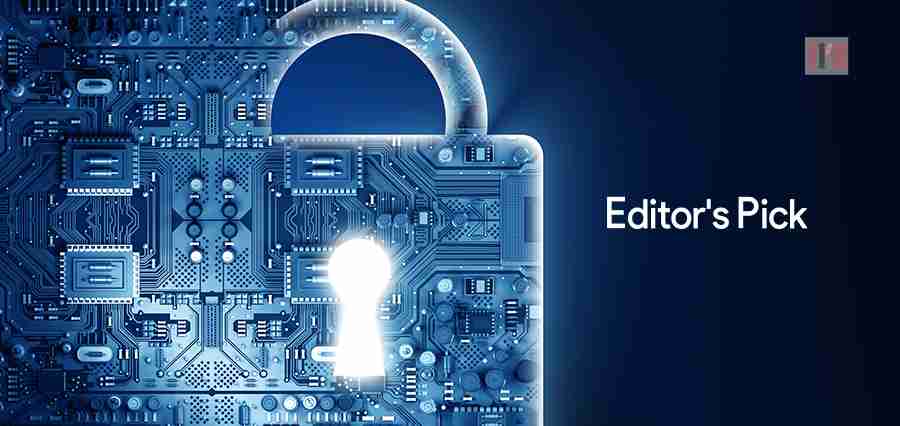Technology and education are interconnected in this modern era. Educational institutions are using modern technology to teach the students effectively and conduct seamless research. Even the smallest primary schools are using advanced technology for educational purpose. Technological upgradation undoubtedly provides endless benefits and also enhances and upgrades the educational procedures.
Using technology increases power and makes things easier, but also brings along a number of risks. Over the years, the threat of cyber security is increasingly emerging in our society harming many people every day. As per research, many malicious actors are increasingly targeting educational institutions. A malicious actor (from within or outside the institution) may hack into the institution’s cyber system to gain sensitive information through social engineering tactics. It may also happen that an innocent individual within the institution is duped by a mischievous external actor and leaks crucial internal information. Accordingly, these institutions should take the necessary actions in order to protect themselves from any type of external or internal cyber threats.
Cyber Risks for Educational Institutions
Usually, the networks and systems of an educational institution are not as strong and secure as that of commercial organizations and SMBs. It might be because of many reasons like: 1) The networks at college and school campuses are open and free-for-all. Students can access the network anytime without any restrictions. 2) There might be a lack of IT security policy monitoring and implementation in such institutions. 3) Users carry and use their own device within the campus and the institution’s network. 4) Many institutions have their own open Wi-Fi hotspots and network access, which may be used by hackers and cyber criminals as a tool to breach security and access valuable information. 5) There is a huge amount of user data which can be hacked or compromised by cyber criminals. This may include a wide range of information like the students’ personal information, credit card data or financial information. Moreover, cyber criminals may also target the huge amount of intellectual property generated through research. 6) Another reason that college and school IT security is comparatively weaker than the corporate sector is its relatively unattractive wage structure as compared to the corporate sector. Because of this reason, educational institutions are unable to hire and retain superior and first-rate security professionals. These given factors may make educational institutions vulnerable to security breaches, data disclosures and ransomware attacks.
Cyber criminals may target educational institutions to gather personal information of students: their names, ages, address, and so on. They may use such information for ransom or to sell illegally on the dark web. Recent data states that the number of serious cyber security data breaches in universities had increased over the last two years, with substantial 1152 breaches in 2016-17. Dangers for an educational institution from an internal threat can be as simple as a laptop left logged in or passwords written somewhere for an outsider to easily unlock it and extract important data. This may enable anyone – a teacher, a student or a staff – to access confidential information on that system or compromise someone’s social media account, or even worse. Nefarious external elements can also make phishing attempts or bribe students, teachers and staff to divulge important information of the institution. Moreover, hackers can hack into the institute’s website and gather information which often appears in the institution’s website.
Dealing with Cyber Threats
Educational institutions can use modern technology to gather information on whether anyone is accessing the personal and important information stored in their systems. It will help in providing instant response capabilities to prevent data breaches. Moreover, such technologies can also help institutions in tracking departing students, and also some suspicious students who may leak sensitive information to external bodies intentionally or unintentionally.
The present day education system has witnessed numerous attempts by cyber criminals to deploy targeted ransomwares through social engineering and others means. The threat actors rely on cold calling as the initial attack course, followed by hacking, phishing and other such methods.
Schools and colleges need to protect students and teachers from inappropriate and illicit material in this age of bring your device (BYOD). Responsible authorities, school leaders and IT professionals should study and encompass the methods, techniques and tools employed by cyber criminals. While doing so, they must also support and allow the acceptable and reasonable use of network facilities inside the institution.
All the network users should be educated and properly trained about the cyber risks. They should be made aware of their roles and responsibilities towards safe and efficient use of cyber networks, and should be trained about the cyber risks and how to prevent them.
Towards a Secure and Connected Campus
Educational institutions should make sure that least privilege principles are followed within the campus. This means that staff and students should make limited use of the institution’s network facilities based on officially stated requirements. Concerned authorities should constantly review the user’s access, and should take necessary actions in case of non-compliance.
Moreover, in order to prevent data security breaches, administrators should maintain multi-layered defense systems from data theft and destruction, corruption, and exfiltration.
The education system is marching ahead towards growth, innovation and development due to the advent and implementation of modern technologies. Educators are bringing revolutionary changes through technology. But, while implementing these technologies, the emerging risks of information security should be kept in mind.









